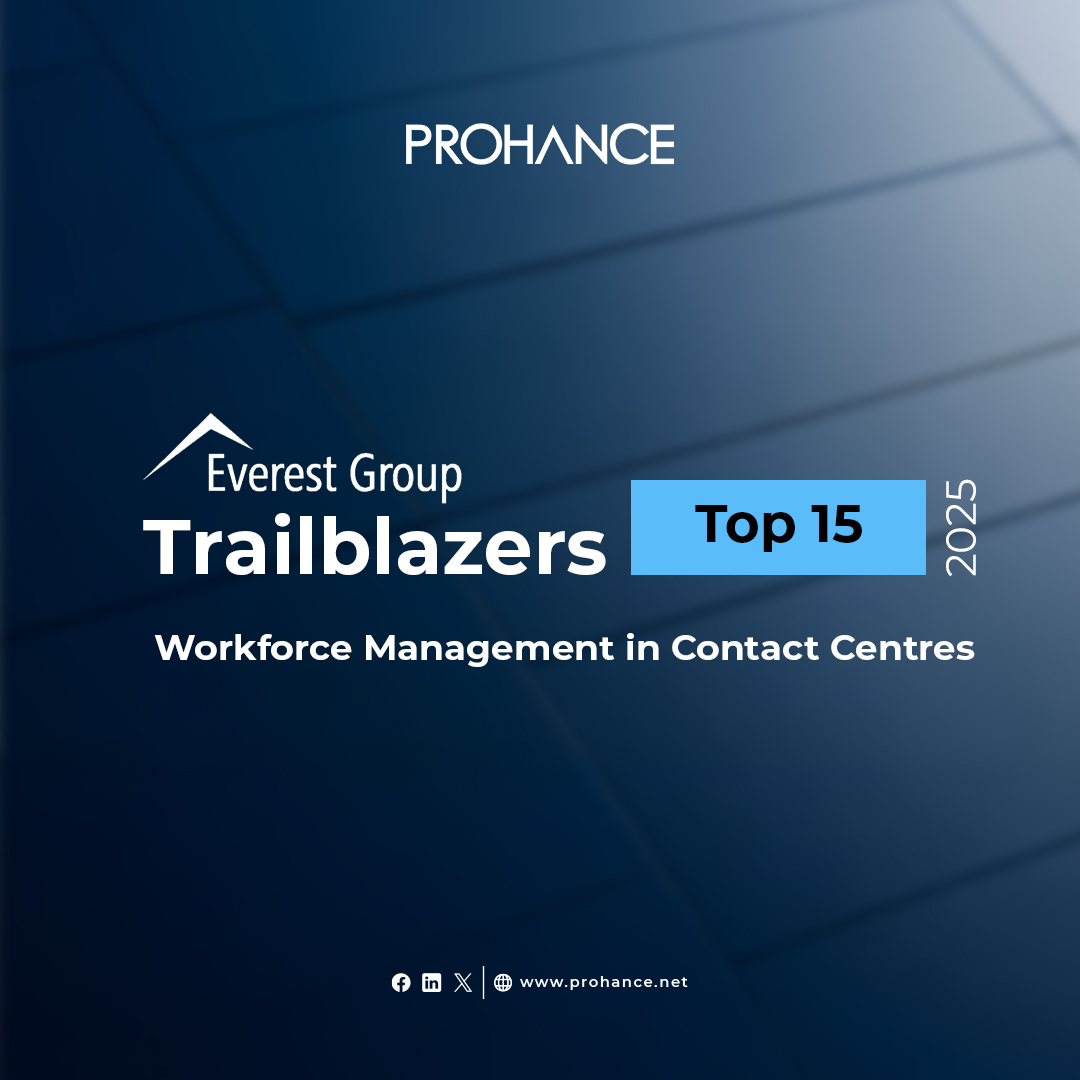Key Characteristics of Co-Employment:
Co-employment arrangements involve a division of employer responsibilities. The primary employer retains control over day-to-day tasks, such as work assignments and supervision, while the PEO assumes responsibilities related to payroll, benefits administration, and compliance with employment laws. This division allows the client company to focus on its core business functions while leveraging the expertise of the PEO in HR management.
Legal Implications and Considerations:
From a legal standpoint, co-employment can present complex challenges. Both employers may be held liable for issues such as wage and hour violations, discrimination claims, and workplace safety incidents. Clear contractual agreements outlining each party's responsibilities are essential to mitigate risks and ensure compliance with applicable laws.
Benefits of Co-Employment:
Co-employment can offer significant advantages to businesses, including access to better benefits packages, streamlined HR processes, and potential cost savings. By partnering with a PEO, companies can enhance their ability to attract and retain talent, manage regulatory requirements effectively, and focus on strategic growth initiatives.

